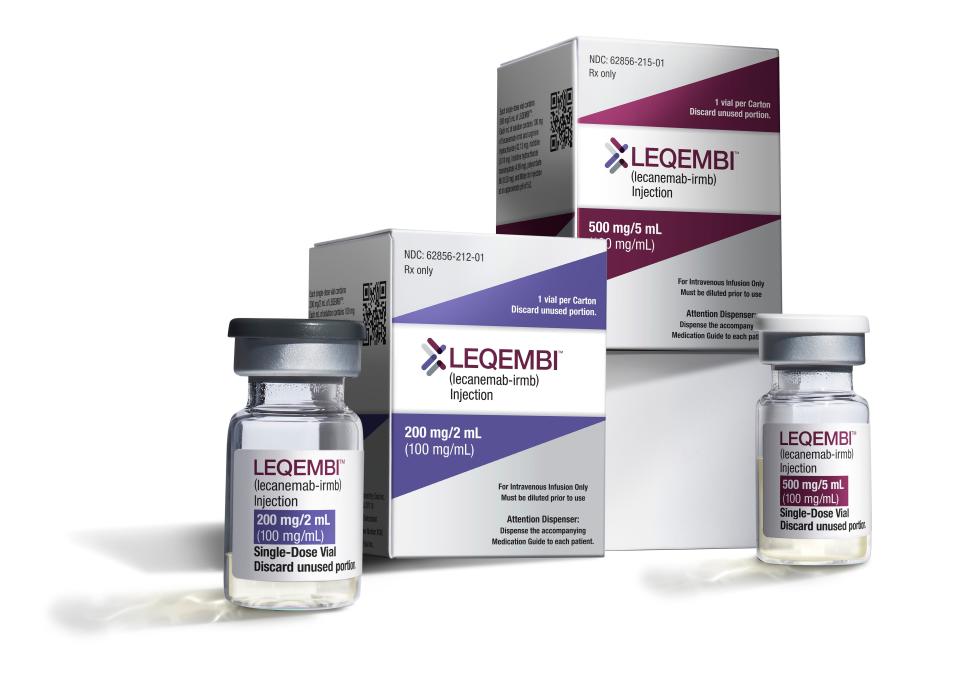NY has second-highest Alzheimer's disease prevalence in U.S., study shows. What to know
New York has the second-highest prevalence in the U.S. of Alzheimer's disease and other dementias, as an estimated 426,000 New Yorkers suffer from the debilitating brain disorder, a recent study found.
About 12.7% of New Yorkers ages 65 and older have dementia, ranking just behind 12.9% in Maryland. Most other states in the top-10 highest prevalence spanned the East Coast and South, ranging from No. 3 Mississippi, at 12.5%, to No. 10 Connecticut at 11.9%, according to The Journal of Alzheimer's Association report.

The striking statistics come as the Food and Drug Administration this month approved the drug lecanemab for people with early Alzheimer's disease, making it easier for older adults to get the first drug proven to slow memory and thinking problems.
But it remains unclear how the new drug will impact government spending, with the approval expected to trigger Medicare coverage for adults over 65 who have been unable to afford the $26,500-a-year drug. More than 6 million Americans live with Alzheimer's disease, the fifth-leading cause of death for adults over 65.
How much does Alzheimer's disease cost NY?

Currently, the cost of Alzheimer's to New York's Medicare and Medicaid programs totals about $19 billion per year. But the true toll on society is much higher, as more than 546,000 family caregivers bear the burden of the disease in New York, Alzheimer's Association data show.
That caregiving includes about 884 million hours of unpaid care provided by Alzheimer's caregivers, the group noted, estimating the unpaid care value at $16 billion.
Many of the states with the highest prevalence and numbers of residents suffering from Alzheimer's are struggling to care for aging populations, as the illness poses the greatest risk in ages 85 and older.
What level of disparity exists in Alzheimer's disease?
Nationally, African Americans are about two times more likely than white Americans to have Alzheimer’s and other dementias, the group's data show. Hispanic residents are about one and one-half times more likely than white residents to have the brain disorders.
But despite having higher rates of dementia, African Americans and Hispanics are less likely than whites to have adiagnosis of the condition, which delays care and increases costs, the group noted.
Meanwhile, high blood pressure and diabetes — suspected risk factors for Alzheimer’s and other dementias — are more prevalent in the African American community, and diabetes is more prevalent in the Hispanic community.
These conditions, among others, may contribute to the greater prevalence of Alzheimer’s among these groups, which makes reducing health inequality all the more important, the group added.
What is NY doing about Alzheimer's disease?
One of the measures seeking to address dementia issues in New York is the state's Alzheimer’s disease caregiver support initiative, an ongoing $25 million effort focused on improving community support and health services for people with all forms of dementia and their caregivers.
For further details about getting assistance with dementia, visit the state Health Department website, at health.ny.gov, or call the Alzheimer's Association helpline at 800-272-3900.
USA TODAY contributed to this report.
This article originally appeared on New York State Team: Where does NY rank in U.S. for prevalence of Alzheimer's, dementia?

